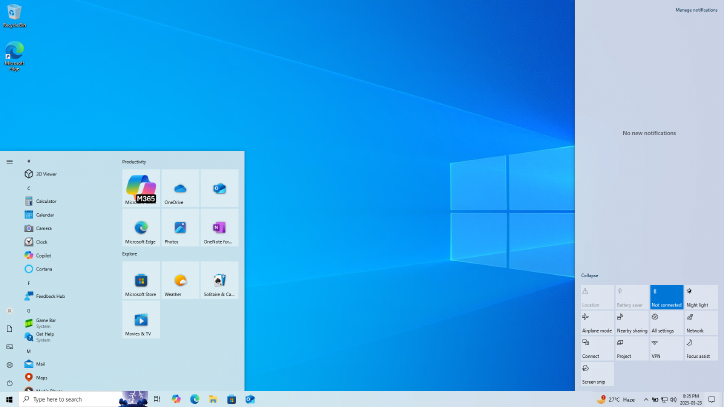The Growing Threat From Within: How Students Are Becoming the New Cyber Security Challenge for Schools
In an increasingly digital educational landscape, schools across the UK are facing an unexpected cyber security challenge—one that's coming from within their own walls. Recent analysis has revealed a troubling trend: students themselves are responsible for the majority of insider cyber attacks against their schools.

The Shocking Statistics
Research examining personal data breach reports from the education sector has uncovered startling findings. Between January 2022 and August 2024, analysis of 215 insider attack incidents revealed that students were responsible for 57% of these breaches. When it comes to attacks involving stolen login credentials, students were behind an overwhelming 97% of incidents.
This isn't sophisticated hacking—"Teen hackers are not breaking in, they are logging in." Nearly a third of incidents were caused by students who had simply guessed weak passwords or found them written down on paper.
A National Problem
The National Crime Agency reports that one in five children aged 10 to 16 engage in illegal online activity, with the youngest referral to their Cyber Choices programme being just seven years old. Approximately 5% of 14-year-olds admit to hacking, motivated by dares, notoriety, financial gain, revenge, and peer rivalries.
Beyond Student Misconduct
Whilst student-led attacks dominate, the research also highlights institutional vulnerabilities:
- 23% of incidents stemmed from poor data protection practices
- 20% involved staff inappropriately sending data to personal devices
- 17% resulted from incorrect system configurations
- Only 5% involved sophisticated bypass techniques
The Path to Criminalisation
What makes this trend particularly worrying is its potential long-term consequences. As one cyber security specialist noted, "What starts out as a dare, a challenge, a bit of fun in a school setting can ultimately lead to children taking part in damaging attacks on organisations or critical infrastructure."
Recent cases have involved students accessing systems containing personal information for thousands of individuals, including sensitive health records and safeguarding data.
Prevention and Solutions
Schools must implement both technical measures and educational approaches:
- Regular GDPR and data protection training for staff
- Stronger access controls and password policies
- Proper device security protocols
- Clear boundaries around student system access
- Prompt incident reporting
Parents also play a crucial role through regular conversations about online behaviour and legal implications. Simple activities like using someone else's login credentials or downloading bypass software can have serious legal consequences.
A Balanced Approach
The challenge is encouraging young people's interest in technology whilst ensuring they understand legal and ethical boundaries. Programmes like the NCA's Cyber Choices initiative provide positive outlets for technical curiosity, helping steer potential talent towards legitimate career paths in a sector desperately needing skilled professionals.
Conclusion
The rising tide of student-led cyber attacks represents both a security challenge and an opportunity for early intervention. By addressing technical vulnerabilities and behavioural patterns, educational institutions can protect themselves whilst helping steer young people away from potential criminality.
This isn't just about protecting data—it's about protecting young people's futures whilst maintaining the secure learning environments that modern education demands. Coordinated action from schools, parents, and law enforcement is essential to ensure student curiosity leads to positive outcomes rather than criminal records.













